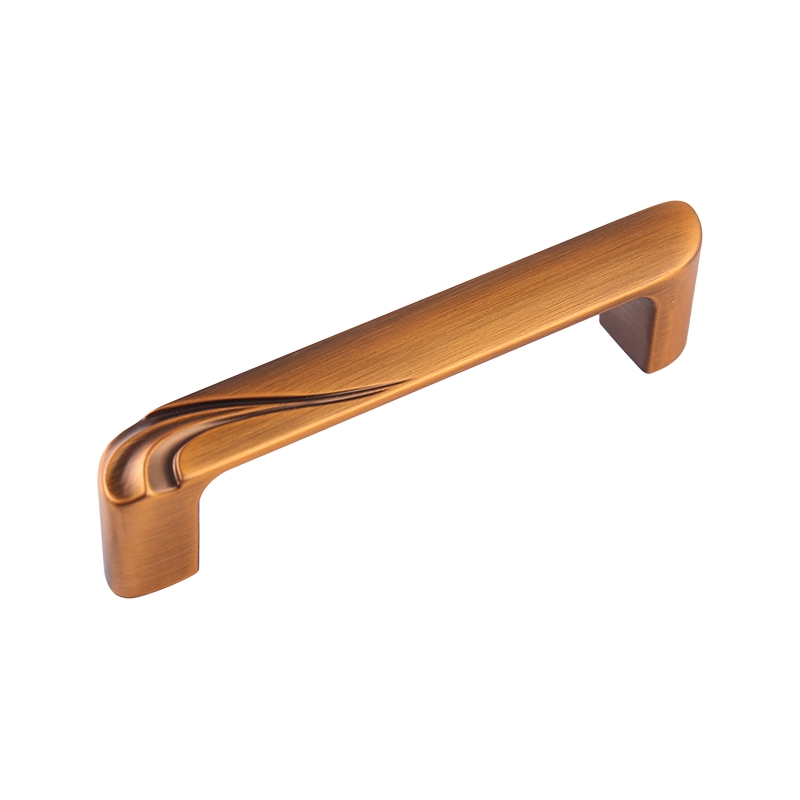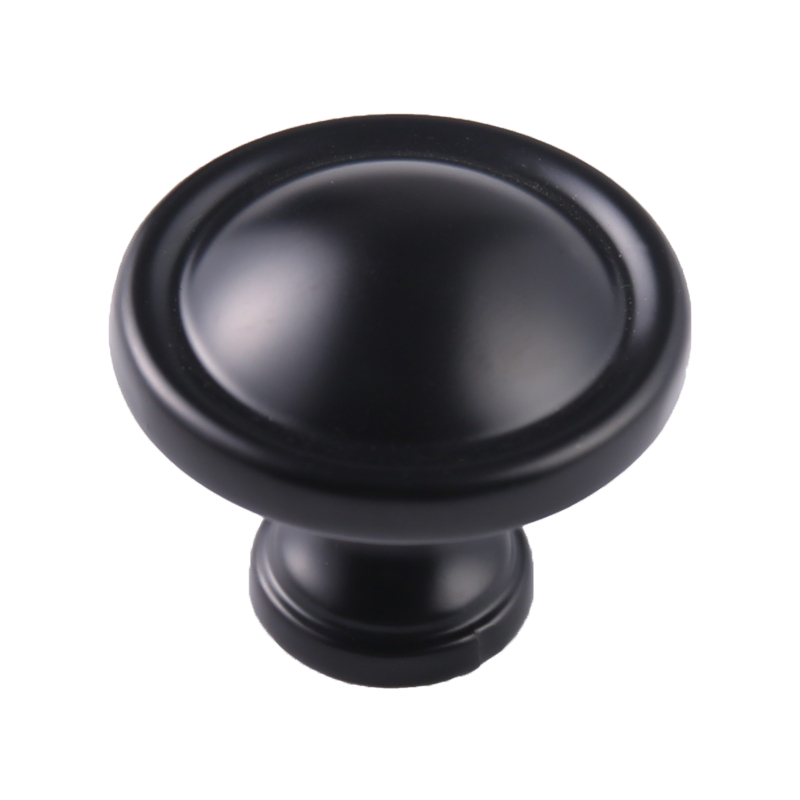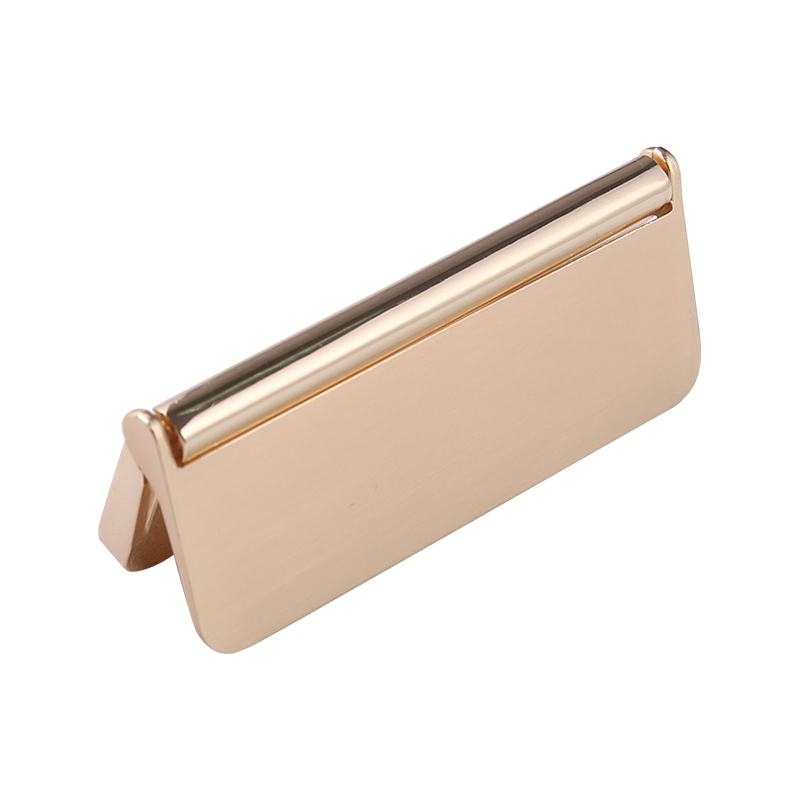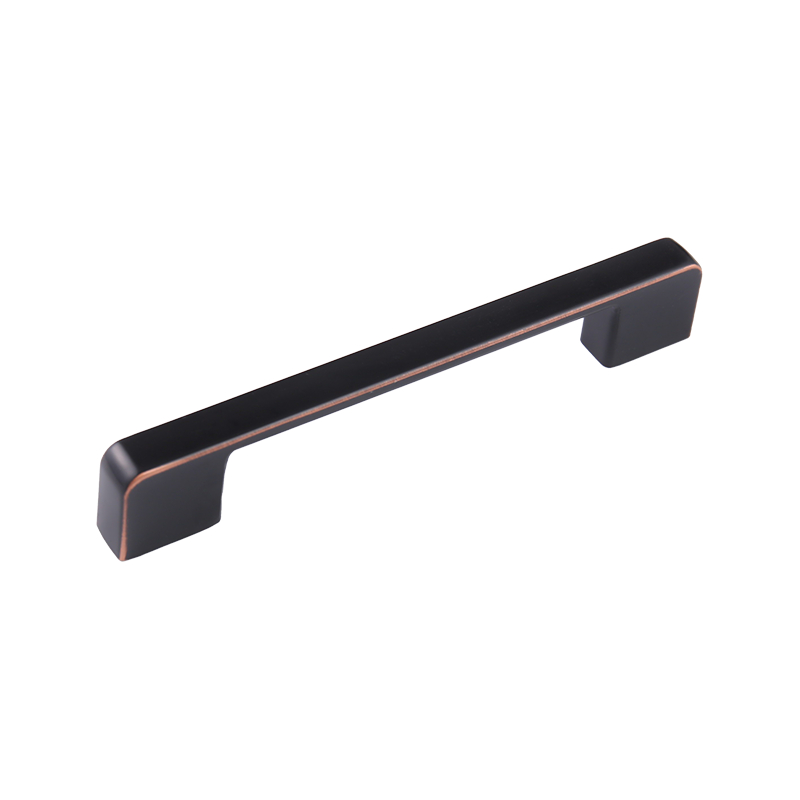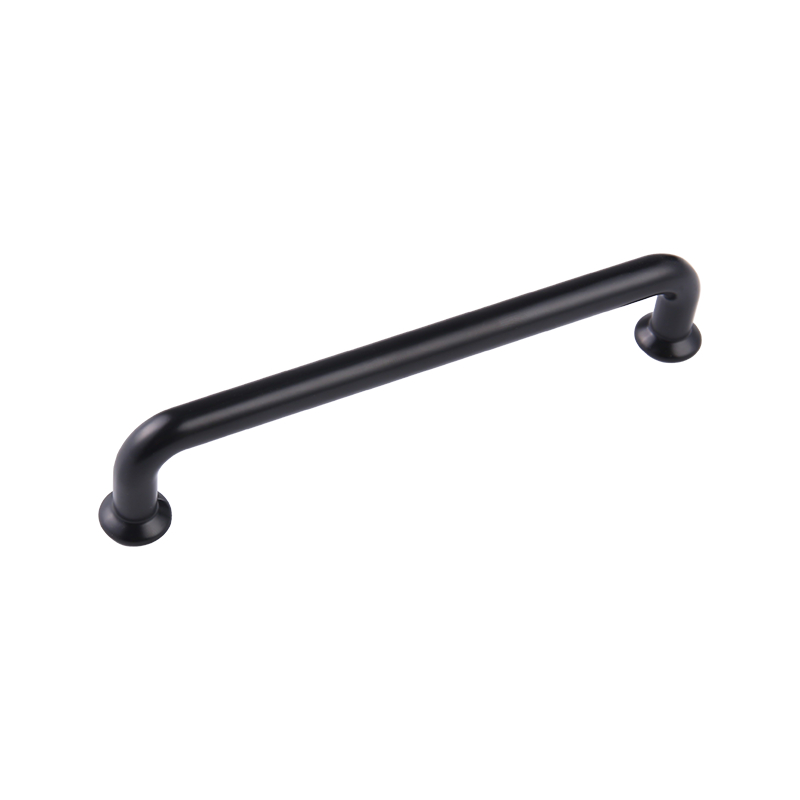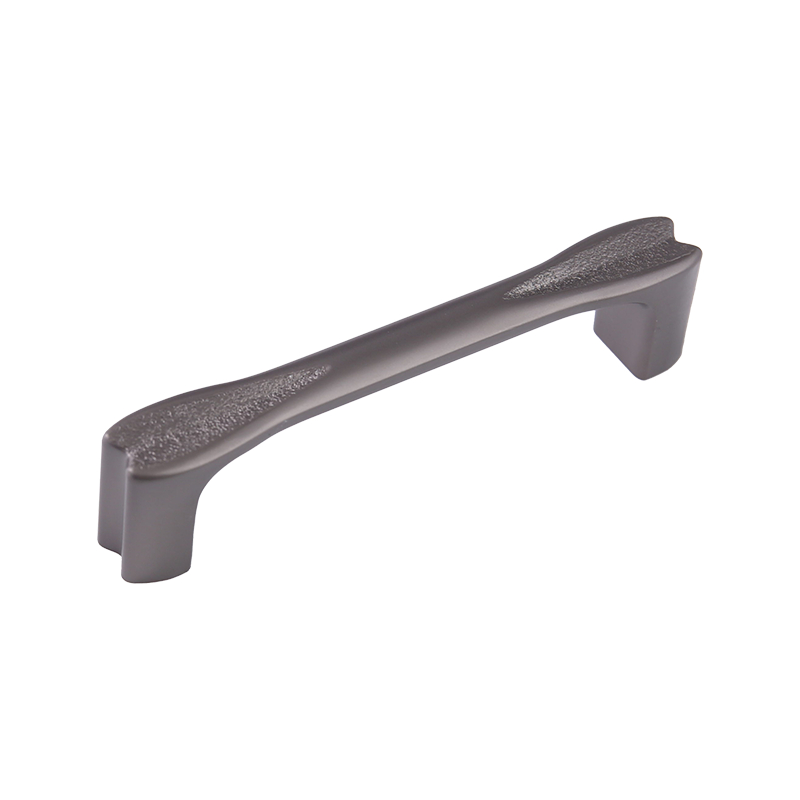As a professional hardware product manufacturing, R&D, design, and production enterprise, we are recognized as a pioneer in the hardware industry.
In the fast-paced world of modern life, people's need for organized living and workspaces is becoming increasingly urgent. A seemingly simple component—the clothes hook—is increasingly playing a crucial role in functionality, aesthetics, and space utilization. Evolving from a traditional clothing hanging device to a product with decorative, storage, and intelligent features, the clothes hook has transcended its original definition and become an indispensable detail in modern home, commercial, and public space design.
Functional Evolution Driven by Diverse Materials
Traditional clothes hooks were primarily made of metal and wood. However, with advancements in manufacturing technology and growing awareness of aesthetics and environmental protection, the material palette has expanded to include stainless steel, aluminum alloys, zinc alloys, engineering plastics, ceramics, glass, and even carbon fiber. These different materials impart varying levels of structural strength, weather resistance, aesthetic appeal, and cost-effectiveness to the clothes hook. For example, stainless steel coat hooks are widely used in humid environments like kitchens and bathrooms due to their corrosion resistance and high hardness. ABS engineering plastics, however, are used in children's rooms and mobile storage systems due to their lightweight and flexible design.
Composite coat hooks, which have become increasingly popular in recent years, combine a metal frame with a soft outer material, not only improving grip and safety but also allowing for design diversity to meet the specific needs of different user groups.

Micro-unit design thinking in space planning
In space design, the value of clothes hooks has far exceeded the basic function of "hanging items." From storage units in entryways to wet area management in bathrooms, from temporary storage nodes in offices to visual guides in commercial displays, clothes hooks are increasingly integrated into overall spatial layout and movement.
Micro-unit design emphasizes maximum functionality with minimal size, and clothes hooks demonstrate strong adaptability in this trend. Designers are increasingly focusing on modular, concealed, and versatile hook solutions in product planning, ensuring they remain discreet while efficiently meeting the needs of various hanging scenarios. The addition of structural mechanisms such as rotation, folding, lifting, and magnetic attachment further expands the adaptability of hooks in vertical spaces and non-standard locations, truly achieving the spatial operational logic of "hidden without being hidden, revealed when in use."
Aesthetically oriented design and style evolution
Design is no longer a luxurious add-on but an integral part of the product's inherent value. The evolution of clothes hook design reflects people's growing sensitivity to spatial atmosphere and aesthetic details. Whether it's the linear hook of minimalism, the carved metal of vintage style, or the rounded wood of Nordic style, each form is more than just a hook form; it is also part of the character of the space.
With the widespread adoption of 3D printing technology and CNC precision machining, designers have greater freedom to express geometric aesthetics and structural tension in clothes hooks, creating products that are both visually compelling and structurally sound. Color options have also evolved from metallics, black, white, and gray to a wider range of natural colors, matte finishes, and personalized hues, adapting to diverse cultural contexts and decorating styles.
Sustainability drives green manufacturing transformation.
The deepening awareness of environmental protection has posed new challenges and opportunities to Clothes Hook in material selection, manufacturing, packaging, and recycling. Green manufacturing requires companies to consider the full lifecycle impact of products from the initial design stages. As a result, more and more brands are adopting strategies such as recyclable materials, harmless coatings, and subtractive design. Modular structures also facilitate later repair and disassembly, effectively reducing resource waste.

Particularly in the European and American markets, where strict environmental regulations are being enforced, clothes hooks with environmental certifications such as FSC, RoHS, and REACH are more competitive. In the Asian market, as consumers become more aware of green consumption, clothes hooks with eco-friendly concepts are also gaining popularity, forming a closed-loop ecosystem of design-manufacture-sale-use-recycling.
The Clothes Hook, a compact yet highly practical object, reflects a deep human concern for spatial order, practicality, and aesthetic sensibilities. From simple clothes hanging to space management and then to intelligent linkage, its evolution is a microcosm of the continuous adjustment and collaboration between technology, art and humanity.


 English
English русский
русский Español
Español عربى
عربى
